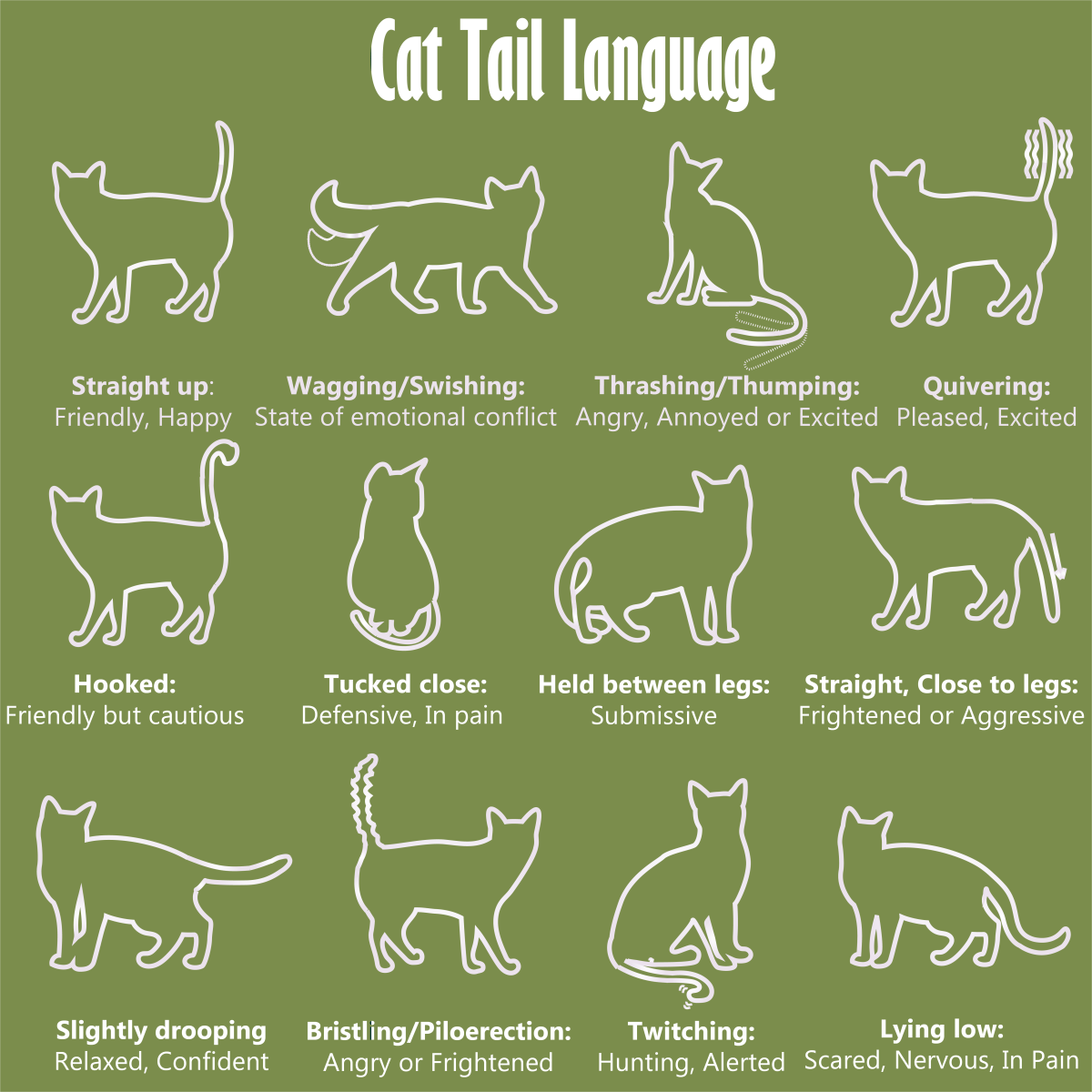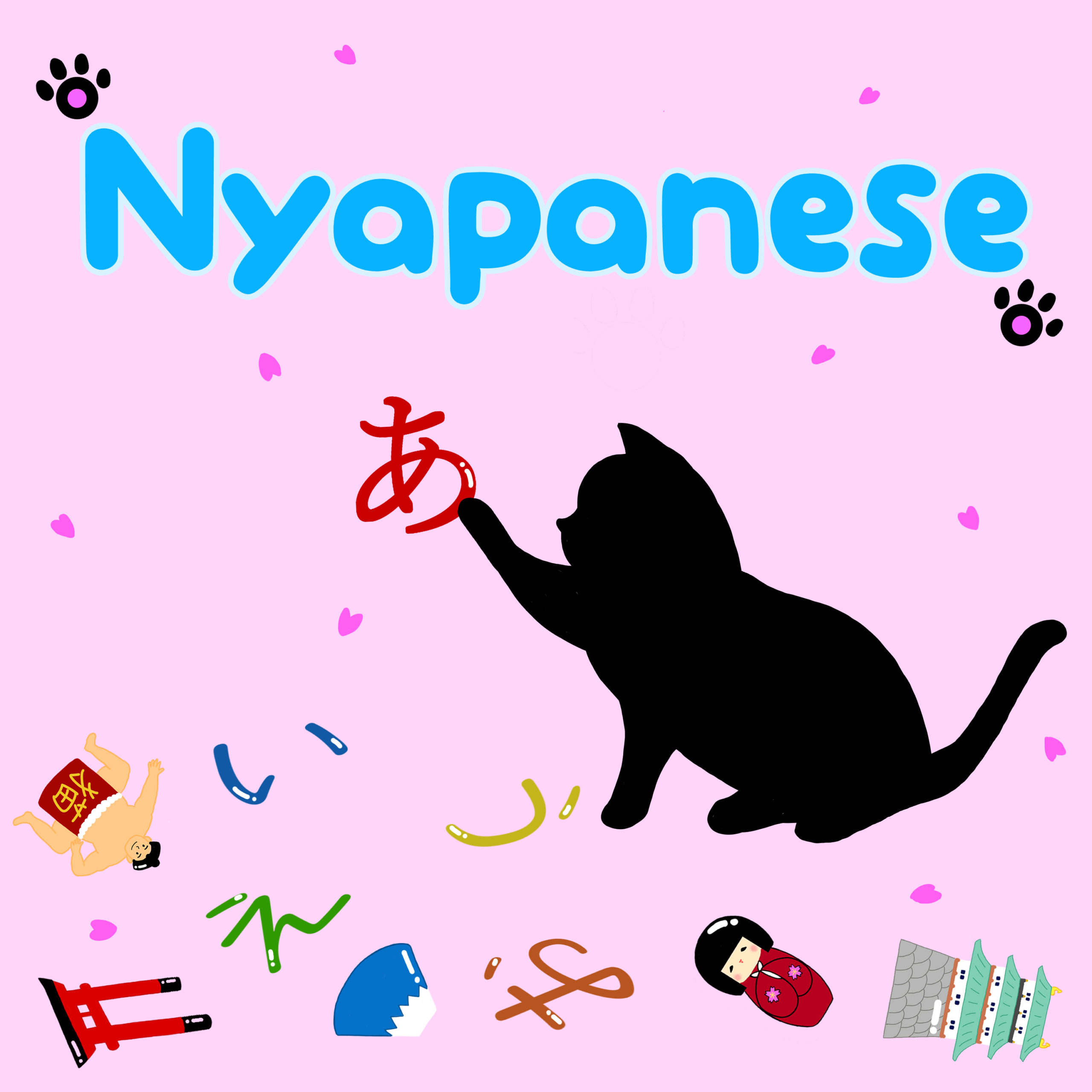Cat in japanese language – Embarking on a linguistic and cultural exploration, we delve into the fascinating world of “cat” in Japanese language. From its etymological roots to its profound cultural significance, this comprehensive guide unravels the intricate tapestry of feline expression in the Land of the Rising Sun.
As we journey through the annals of Japanese history and tradition, we uncover the unique ways in which cats have woven their way into the fabric of society, inspiring art, literature, and countless tales.
Japanese Word for Cat

The Japanese word for “cat” is “neko” (猫). It is pronounced “neh-koh” with a short “e” sound. The word “neko” is thought to have originated from the Old Japanese word “neku,” which is believed to be onomatopoeic, imitating the sound of a cat’s meow.
Origin and Etymology
The word “neko” is first attested in the Manyoshu, an anthology of Japanese poetry compiled in the 8th century. It is thought that the word may have been borrowed from the Chinese word “māo” (猫), which also means “cat.” However, there is no definitive evidence to support this theory.
Kanji Characters for Cat
The Japanese language has multiple ways to write “cat” using kanji characters, each with its unique meaning and significance.
The most common kanji used to represent “cat” is 猫 (neko), which consists of two parts: the radical 犭(犭), which signifies an animal, and the phonetic component 苗 (miyao), which indicates the sound of “meow”.
猫 (neko)
This kanji is the most widely used to write “cat” in Japanese and is often used in everyday contexts. It can also be used to refer to other feline animals, such as lions and tigers.
Different Types of Cats in Japanese Culture
Cats hold a special place in Japanese culture, and various types of cats have emerged throughout history, each with unique characteristics and symbolic meanings.
These include:
Japanese Bobtail, Cat in japanese language
- Short, stubby tail
- Often considered a symbol of good luck
- Known for its friendly and playful personality
Calico
- Distinctive tricolor coat
- Associated with wealth and prosperity
- Often believed to bring good fortune to the household
Maneki-neko
- Beckoning cat with raised paw
- Symbol of welcome and good luck
- Often placed at the entrance of businesses to attract customers
Tortoiseshell
- Black, orange, and white fur
- Associated with longevity and good health
- Considered a symbol of female independence and strength
Cultural Significance of Cats in Japan

Cats have played a significant role in Japanese culture for centuries. They are often seen as symbols of good luck and fortune, and are frequently depicted in art, literature, and folklore.One of the most famous examples of a cat in Japanese culture is the Maneki-neko, or “beckoning cat.”
These figurines are often placed in businesses and homes to attract good luck and fortune. The Maneki-neko is typically depicted as a white cat with one paw raised, as if it is beckoning someone to come closer.Cats have also been featured in many Japanese fairy tales and legends.
In the story of “The Cat’s Return,” a young girl is transformed into a cat by a magical cat-shaped statue. In the legend of “The Kappa,” a water imp is said to be afraid of cats.The cultural significance of cats in Japan is also evident in the way they are treated in society.
Cats are often seen as members of the family, and are given their own food, water, and bedding. It is not uncommon for Japanese people to take their cats for walks on a leash, or to dress them up in clothing.
Popular Cat Breeds in Japan

Japan is a nation of cat enthusiasts, and several cat breeds have gained immense popularity within the country. These breeds are cherished for their distinctive physical attributes, endearing personalities, and historical significance.
Japanese Bobtail, Cat in japanese language
The Japanese Bobtail is an ancient breed renowned for its unique, bobbed tail. This playful and affectionate cat possesses a medium-sized build, with a silky, single-layered coat that comes in a variety of colors and patterns. The Japanese Bobtail is known for its intelligence and trainability, making it an excellent companion for families.
Japanese Shorthair
The Japanese Shorthair is a robust and muscular breed with a short, dense coat. This adaptable cat is known for its easygoing nature and love of attention. Its coat comes in a wide range of colors, including white, black, calico, and tabby.
The Japanese Shorthair is a popular choice for families due to its affectionate and playful personality.
Scottish Fold
The Scottish Fold is a distinctive breed characterized by its folded ears. This gentle and affectionate cat has a medium-sized build and a plush, dense coat. The Scottish Fold is known for its calm and laid-back demeanor, making it an ideal companion for those seeking a quiet and loving feline friend.
Ragdoll
The Ragdoll is a semi-longhaired breed known for its docile and affectionate nature. This large and muscular cat has a silky, flowing coat that comes in a variety of colors and patterns. The Ragdoll is known for its tendency to go limp when picked up, earning it the nickname “the living teddy bear.”
Siamese
The Siamese is a distinctive breed with a long, slender body and a pointed face. This vocal and intelligent cat has a short, silky coat that comes in a variety of colors, including seal point, blue point, and chocolate point.
The Siamese is known for its playful and affectionate personality, making it a popular choice for families.
Cat-Related Activities in Japan: Cat In Japanese Language
Cat-related activities have become increasingly popular in Japan, reflecting the deep cultural significance of cats in the country. These activities offer a unique way to connect with cats, learn about their behavior, and immerse oneself in Japanese culture.
Cat Cafes
Cat cafes, known as “neko cafes” in Japanese, have become a popular destination for cat lovers and tourists alike. These cafes provide a space where patrons can enjoy the company of friendly cats while sipping on tea or coffee. The cafes typically have a variety of cats with different personalities, allowing visitors to interact with and observe these fascinating creatures in a relaxed setting.
Cat Temples
Japan is home to several cat temples, which are shrines dedicated to cats. These temples often have a resident population of cats that are revered as sacred animals. Visitors can come to the temples to pray for good fortune or to simply spend time with the cats.
One of the most famous cat temples is Gotokuji Temple in Tokyo, which is known for its hundreds of cat statues.
Cat Festivals
Throughout the year, various cat festivals are held in Japan. These festivals celebrate the cultural significance of cats and offer a range of activities, such as cat shows, cat adoption events, and cat-themed food and merchandise. One of the largest cat festivals is the Izu Cat Festival, which takes place annually in Shizuoka Prefecture.
Cat Island
There are several islands in Japan that are known for their large populations of cats. These islands, such as Aoshima and Tashirojima, have become popular tourist destinations for cat lovers. Visitors can interact with the friendly cats that roam freely on the islands and enjoy the unique atmosphere of these feline havens.
Cat Art and Souvenirs
Cats have inspired a wide range of art and souvenirs in Japan. From traditional paintings to modern sculptures, cats are a common motif in Japanese art. Visitors can find a variety of cat-themed souvenirs, such as figurines, keychains, and T-shirts, at souvenir shops and department stores throughout the country.
Cat Cafes in Japan
Cat cafes are a popular phenomenon in Japan, offering a unique experience for cat enthusiasts. These establishments provide a relaxing and comfortable environment where patrons can interact with cats while enjoying refreshments. The concept originated in Taiwan in the 1990s and quickly gained popularity in Japan, with the first cat cafe opening in Tokyo in 2004.The
popularity of cat cafes in Japan can be attributed to several factors. Firstly, Japan has a high population of cat lovers, with an estimated 9.6 million pet cats in the country. Secondly, the fast-paced and often stressful urban lifestyle in Japan creates a demand for places where people can unwind and de-stress.
Cat cafes provide a therapeutic and calming environment, allowing patrons to interact with friendly and affectionate cats.
Types of Cat Cafes
There are various types of cat cafes in Japan, each with its own unique atmosphere and services. Some cafes focus on providing a relaxing and cozy environment, while others offer more interactive experiences, such as cat yoga or cat painting classes.
Additionally, some cat cafes are themed, such as those featuring cats of a specific breed or cats with unique characteristics, such as being hypoallergenic or having different eye colors.
Benefits of Visiting Cat Cafes
Visiting cat cafes offers several benefits to patrons. Firstly, it provides an opportunity to interact with cats in a safe and controlled environment. This can be especially beneficial for individuals who do not have the ability to own a cat due to allergies, space constraints, or other reasons.
Secondly, cat cafes offer a therapeutic and calming experience, reducing stress and promoting relaxation. Studies have shown that interacting with cats can lower blood pressure, reduce anxiety, and improve mood.
Popularity and Cultural Significance
Cat cafes have become an integral part of Japanese culture, reflecting the country’s love and appreciation for cats. The popularity of cat cafes has also led to the emergence of cat-related merchandise, such as cat-themed cafes and restaurants, cat-themed accessories, and even cat-themed tourism.
Cat-Themed Souvenirs and Merchandise
Japan offers an array of adorable cat-themed souvenirs and merchandise that captivate cat enthusiasts. These items range from traditional crafts to quirky accessories, embodying the country’s enduring love for felines.
The appeal of these souvenirs lies in their intricate designs and cultural significance. They often feature traditional Japanese motifs, such as maneki-neko (beckoning cats) and daruma dolls, adorned with adorable cat faces. These items serve as a testament to the deep-rooted bond between cats and Japanese culture.
Popular Cat-Themed Souvenirs
- Maneki-neko:Ceramic figurines of cats with raised paws, symbolizing good fortune and prosperity.
- Daruma dolls:Round, weighted dolls with cat faces, representing perseverance and goal achievement.
- Cat-shaped keychains:Practical accessories adorned with cute cat designs, a playful way to keep keys organized.
- Cat-printed T-shirts:Casual wear featuring adorable cat graphics, a subtle way to express one’s love for felines.
- Cat-shaped candy:Sweet treats molded into cat shapes, a delightful indulgence for cat lovers.
End of Discussion
In conclusion, the exploration of “cat” in Japanese language and culture unveils a rich and multifaceted tapestry. From the linguistic intricacies of kanji characters to the cultural reverence for feline companions, this journey has illuminated the profound bond between humans and these enigmatic creatures in Japan.
General Inquiries
What is the Japanese word for “cat”?
The Japanese word for “cat” is “neko” (猫), pronounced “neh-koh”.
What are the different types of cats found in Japanese culture?
Japanese culture recognizes various types of cats, including the Japanese Bobtail, the Maneki-neko, and the calico cat.
What is the cultural significance of cats in Japan?
Cats have held a revered position in Japanese society for centuries, symbolizing good luck, prosperity, and protection.